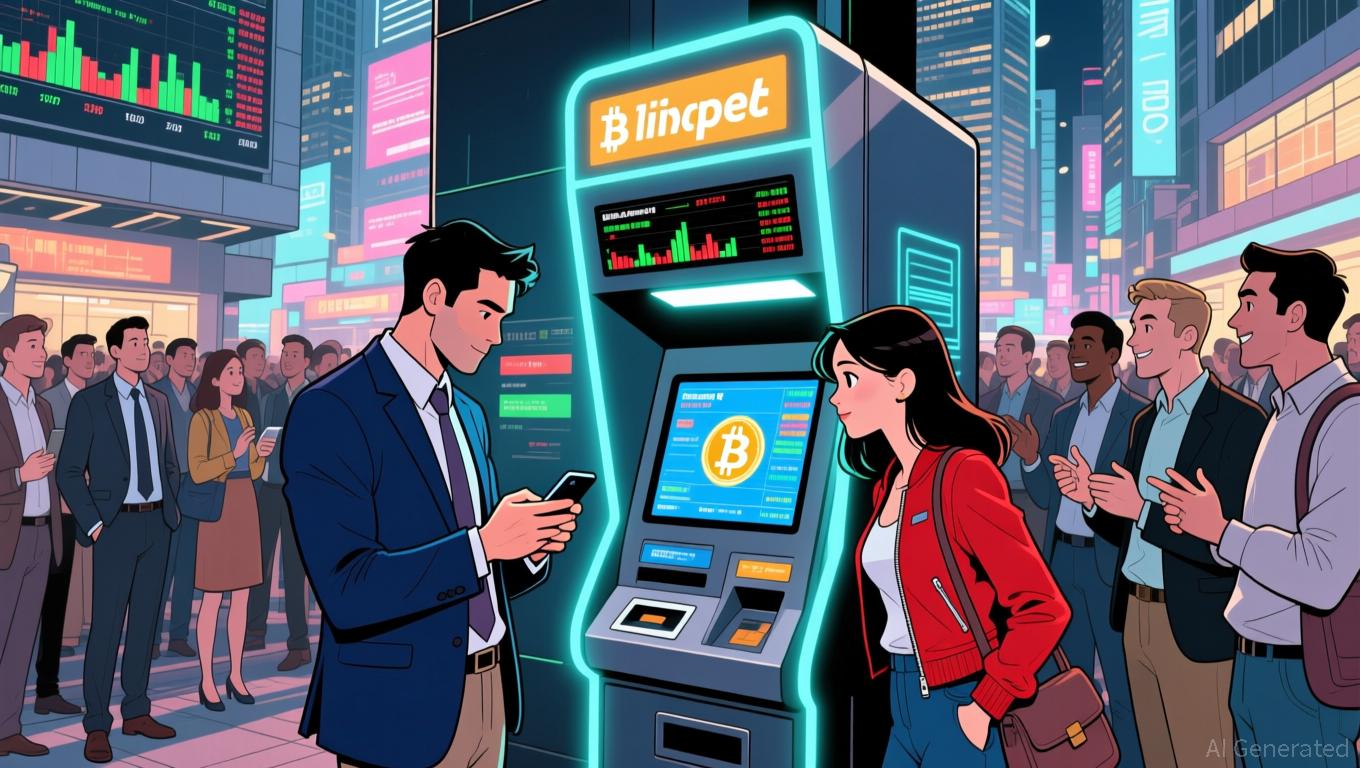YFI Value Falls by 40.84% Over the Past Year Due to Market Fluctuations and Anticipated Interest Rate Reductions
- Yearn.finance (YFI) rose 0.23% in 24 hours to $4,754 but fell 40.84% in one year amid DeFi market instability. - Analysts warn macroeconomic uncertainty and lack of institutional adoption could further pressure YFI unless regulatory clarity emerges. - YFI's weak performance reflects broader DeFi struggles, with shrinking market cap and no clear technological upgrades to drive recovery. - Technical indicators remain unreliable for YFI due to high volatility, complicating efforts to identify meaningful sup
On October 25, 2025, Yearn.finance (YFI) saw its price rise by 0.23% over the previous day, reaching $4,754. Despite this short-term gain, the token has faced substantial losses over longer periods, falling 2.07% in the past week, 12.09% over the last month, and dropping 40.84% in the past year. These numbers highlight the persistent volatility in the DeFi sector, especially for assets with high price swings and limited uptake of institutional-level infrastructure. Experts suggest that ongoing global economic uncertainty and changes in investor sentiment could continue to weigh on
In recent months, the DeFi sector has delivered mixed results, with YFI’s price trends closely mirroring those of the broader cryptocurrency market. While
Technical analysis tools like moving averages and the relative strength index (RSI) have often failed to give dependable signals for YFI, largely due to its extreme price volatility and occasional lack of liquidity. Still, market observers continue to use these indicators to pinpoint possible support and resistance zones, hoping to determine whether the latest decline could be a buying opportunity or signals a continued downward trend. Although these tools are not always accurate, they remain widely used for analyzing price movements when there is no clear fundamental driver.
Disclaimer: The content of this article solely reflects the author's opinion and does not represent the platform in any capacity. This article is not intended to serve as a reference for making investment decisions.
You may also like
Bitcoin News Update: Hong Kong's Comeback Weighs Retail Appeal Against Cryptocurrency Dangers
- Hong Kong's economy shows recovery signs with luxury brand Lacoste opening its largest local store and Q3 GDP hitting a two-year high. - Bitcoin Depot expands into Hong Kong with 223 ATMs, leveraging regulatory clarity and SFC-licensed crypto exchanges to position the city as Asia's digital asset hub. - Institutional crypto adoption grows as Franklin Templeton launches tokenized USD funds, though global ATM fraud concerns and weak real estate markets pose risks. - Analysts remain cautious about sustainab

Strategic Shift Toward Blockchain Tokens Transforms International Financial Landscape
- Major firms like Circle , JPMorgan , and ConsumerFi are driving blockchain adoption through native tokens to modernize financial systems and boost institutional engagement. - Circle's Arc blockchain introduces a native token to replace USDC gas fees, attracting 100+ institutional partners including Goldman Sachs and Visa during its testnet phase. - JPMorgan expands JPM Coin to euros via Coinbase's Base network, enabling instant cross-chain settlements while partnering with Mastercard and B2C2 to tokenize

Brazil Fights Cryptocurrency Crime Through Licensing Requirements and Pre-Trial Asset Liquidation
- Brazil introduces crypto licensing rules and pre-trial seizure laws to combat crime and regulate its $319B market. - New framework requires VASPs to secure $2M-$17.8M capital, comply with AML/cybersecurity standards, and report stablecoin transactions. - "Anti-faction bill" enables authorities to liquidate seized crypto during investigations, targeting gangs like Comando Vermelho. - Critics warn strict rules may stifle small firms, while regulators defend alignment with traditional finance standards.

YFI Price Climbs 3.05% as Recent Gains Counteract Yearly Downtrend
- YFI surged 3.05% in 24 hours, with short-term gains offsetting a 38.46% annual decline. - Technical analysis highlights a key resistance breakout, potentially boosting buying interest despite remaining below 52-week highs. - A backtesting strategy tests long positions after 5% daily surges, evaluating profitability and risk over 2022-2025 market cycles. - Metrics like total return and win/loss ratio will assess strategy viability against buy-and-hold benchmarks.